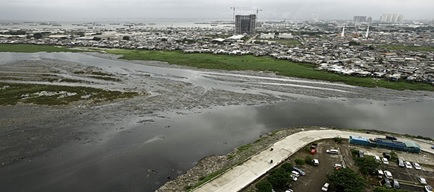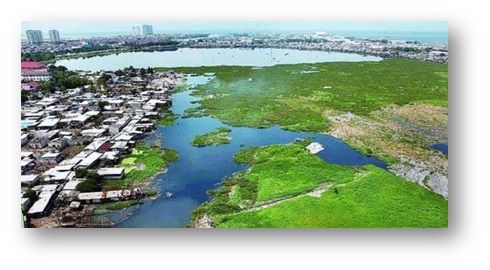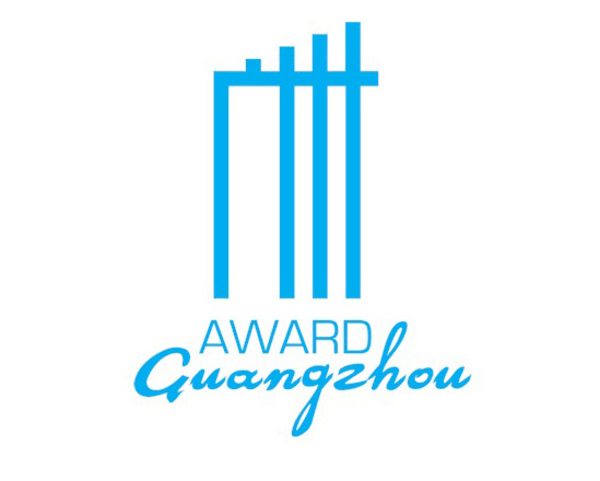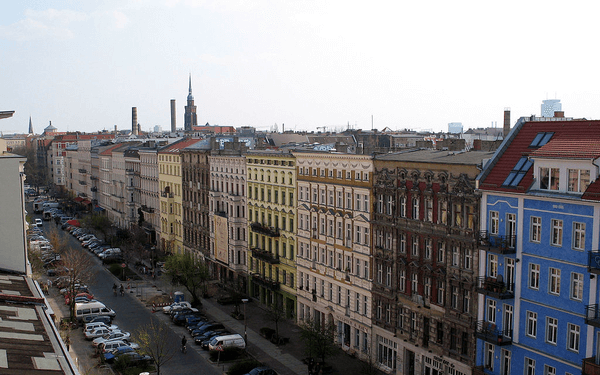City
Jakarta
Main actors
City Government, Private Sector, NGO / Philanthropy
Project area
Inner City
Duration
Ongoing since 2010
The Pluit Reservoir Revitalization Project is an initiative of the city of Jakarta to reduce urban flooding, improve water storage capacity and the quality of its prime water source.
Jakarta, lying in a delta of 13 rivers with 40 percent of land below sea level, faces a huge crisis of flooding, algae and water pollution. The city government has launched the Jakarta Water Management Plan for 2030 as a response to repeated urban flooding and vulnerability in the coastal reservoir area. The Pluit Reservoir Revitalization Project will improve storage capacity, relocate 3,000 squatters along the reservoir’s banks, and transform some areas into parks and public open space. The city’s water management plan addresses climate change in a socially conscious way and includes government partnerships with both the corporate and public sector to ensure new sustainable property development opportunities.
Guangzhou Award
This project was shortlisted for the 'Guangzhou Award' in 2014.
External links / documents
On Map
The Map will be displayed after accepting cookie policy









